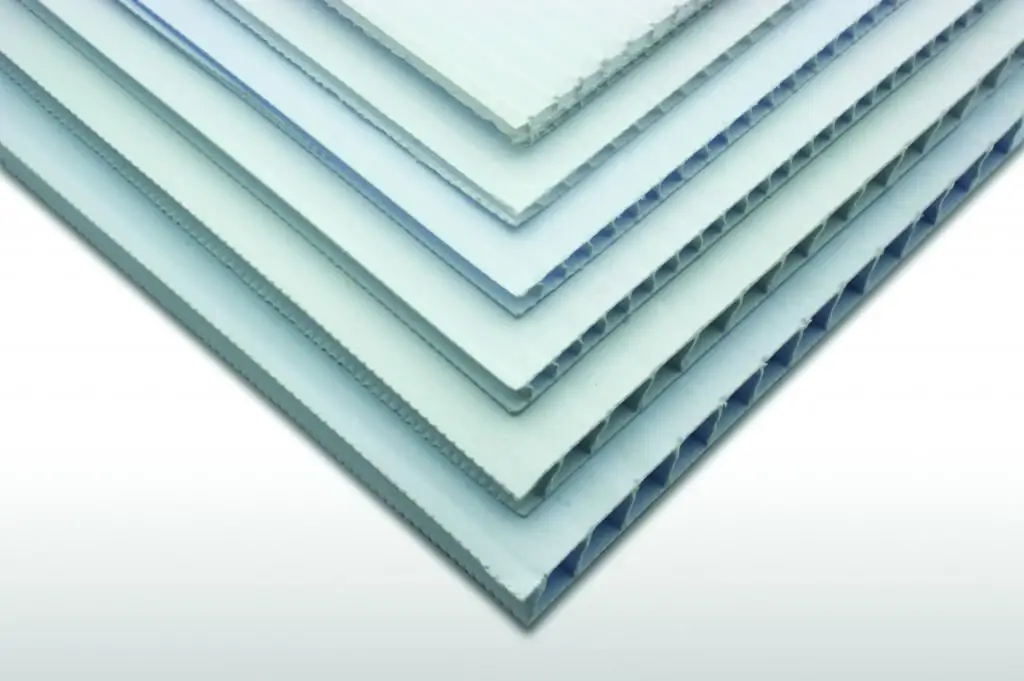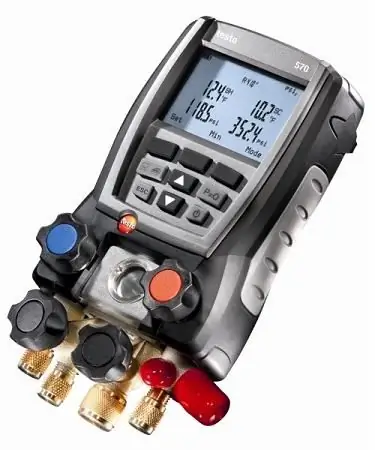2026 Author: Howard Calhoun | [email protected]. Last modified: 2025-01-24 13:10:38
Today, there are two main types of heaters. The first type is called surface, and the second - mixing. The production of devices of the first type is carried out by the Saratov plant of power engineering. They produce HDPE for turbine plants, the power of which is in the range from 50 to 300 MW. If the heat exchange surface is up to 400 m2, then these are low pressure heaters for CHP. If this parameter is increased to 800 m2, then in this case they can be used for turbine plants at nuclear power plants.
Device overview
It is worth noting that if the HDPE surface is more than 550 m2 and they are of the surface type, then they can be operated in tandem with installations designed for 300 MW or more. Mixers with the same dimensions can be operated with units starting from 200 MW.
It can be added that Krasny Kotelshchik is engaged in the production of equipment andsurface type, and mixing. Low pressure heaters for nuclear power plants from this manufacturer have a surface area of 500 m2.
The main purpose of this device is the heating of condensate in a regenerative way. Most often, condensate is taken from the steam exhausted in the turbine. However, it is also possible to withdraw condensate, which is formed after the superheated steam has been cooled down.

Device performance criteria
Like any other technical device, HDPE has a basic parameter that characterizes its operation. Temperature heating, or, in other words, undercooling of water, became such a parameter. The value of this characteristic is influenced by several other parameters. A rather strong influence will be exerted by such a factor as contamination of the tubes of the heating surfaces of the low pressure heater. The second significant factor is the presence of unwanted inclusions in the vapor space of the heater. Such inclusions are non-condensable gases, as well as air. Most often, these volatile substances can penetrate inside the heater through leaks in the connection of pipelines, for example, through water-indicating glasses and other units that are under vacuum. As for the gases, they enter the heater along with the extraction from the turbine.

PND zones
The low pressure heaters have special systems that are designed to remove all unwanted volatiles. Basicamong them is the suction system.
The steam that enters the heater turbine from the extraction may have an elevated temperature. In order to use this excess heat and cool the heating steam condensate below the saturation temperature, the entire heat exchange surface is divided into several structural zones:
- First zone - steam cooling. In this section of the HDPE, the wall temperature will be higher than the saturation temperature. In addition, it is in this zone that the process that occurs when the steam is cooled, which is called convective heat transfer, will take place. Another characteristic feature of the zone is the heating of the liquid, which flows in the tubes above the saturation temperature.
- The next section is the condensate cooling area. In this case, the site is characterized by the fact that convective heat transfer is carried out, but already when the condensate is cooled, which was released when steam entered.
- The last section is the steam condensation zone. Everything is simple here, heating steam condenses in this area.

Description of HDPE with SPM
If the principle of operation of a low-pressure heater is simple and clear, then a more complex, but at the same time, more optimal design is a combined system. In this case, the distinguishing feature is that the device is connected by means of a vacuum pipeline to the steam sampling point, after which they enter the mixing type equipment. Most often, such models are used only on sufficiently powerful installations withcapacity from 200 to 800 MW.
A distinctive feature of all devices manufactured at SZEM is that they all have a vertical design, as well as a flange-type connector on the body. It can be added that since 1985, on all products that were produced, flat-type flanges were replaced with collar ones.

HDPE TKZ device
Produced low-pressure heaters (LPH) according to TKZ for turbines that use organic matter as fuel. Their design features are as follows:
- Firstly, all pipe-type parts are connected to the body by welding.
- Second, the location of the flange type connector may vary. These connectors may be located on the waterboxes. At the same time, they are usually located higher than the tube sheets, and also higher than the branch pipes of both the condensate inlet and outlet. This is quite advantageous, as it allows you not to disconnect the pipeline if repairs are necessary. The second location option is lower than the tube boards. It is also worth noting that some heaters are made without such connectors at all.
- Third, it stands out that the anchor-type ties do not extend beyond the water chamber.
It is also worth highlighting such a feature that some heaters come with built-in OP and OK sections.

Mixing Type Heater
High and low pressure heaters are not exactly the same thing. HDPEmixing type differ significantly in their design. The main difference is that the mixing type does not have a surface that is designed for heat exchange. In addition, it becomes possible to use the heat of the steam more efficiently, since there will be no such criterion as underheating caused by a temperature difference.

HP heaters
Here it can be noted that the PVD system can be single-threaded or multi-threaded. In the case of a single thread, everything is simple. The liquid will be heated in one group of heaters. As for the multi-threaded system, most often these are two, rarely three groups of HPS, which are located in parallel. The main characteristic for such devices was the working pressure of the water in the pipes. It is determined using the total pressure of the feed pumps. For example, thermal power plants are characterized by a maximum operating steam pressure in HPH of 7.0 MPa, feed water pressure can reach 38.0 MPa. As for nuclear power plants, here the indicators of these characteristics are respectively 2.8 MPa and 9.7 MPa.
The design of the HPH is somewhat similar to the surface-type low-pressure heater, since the system has one body, which is also divided into three working zones. To date, only four systems have received special distribution, which use high-pressure heaters in their composition.
Recommended:
Thermal imaging control of electrical equipment: concept, principle of operation, types and classification of thermal imagers, features of application and verification

Thermal imaging control of electrical equipment is an effective way to identify defects in power equipment that are detected without shutting down the electrical installation. In places of poor contact, the temperature rises, which is the basis of the methodology
Electric locomotive 2ES6: history of creation, description with photo, main characteristics, principle of operation, features of operation and repair

Today, communication between different cities, passenger transportation, delivery of goods is carried out in a variety of ways. One of these ways was the railroad. Electric locomotive 2ES6 is one of the types of transport that is currently actively used
High density low pressure polyethylene: characteristics, description, application

HDPE is a thermoplastic polymer. It combines many advantages that allow it to be used in a variety of industries. It can be successfully used both to create film packaging and to manufacture communication pipes
Polypropylene - what is it? Definition, technical characteristics of the material, application in industry and everyday life

You can build a heating system with your own hands from polypropylene. The material is affordable and lightweight. Before starting work, it is necessary to designate the connection points and understand the installation method. For soldering pipes, products must be cut to size. The joints must be even and have a right angle. Sections are degreased, chips are removed from the surface after cutting
Differential pressure gauge: principle of operation, types and types. How to choose a differential pressure gauge

The article is devoted to differential pressure gauges. The types of devices, the principles of their operation and technical features are considered

